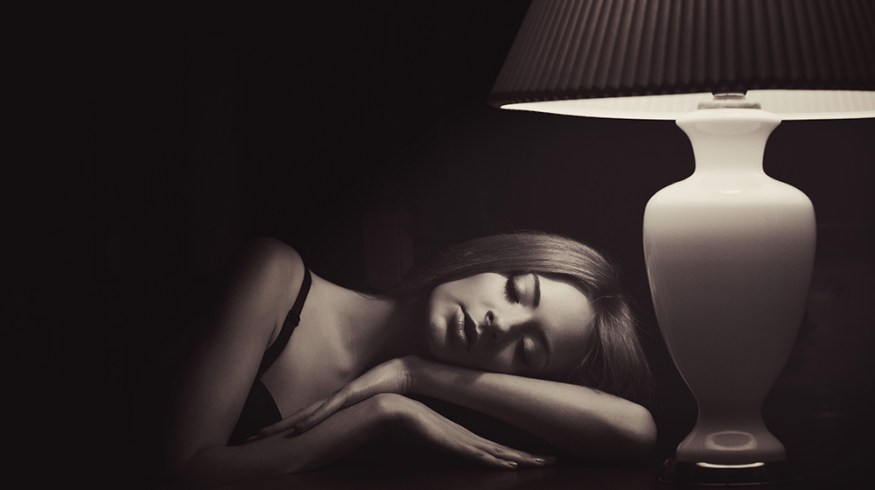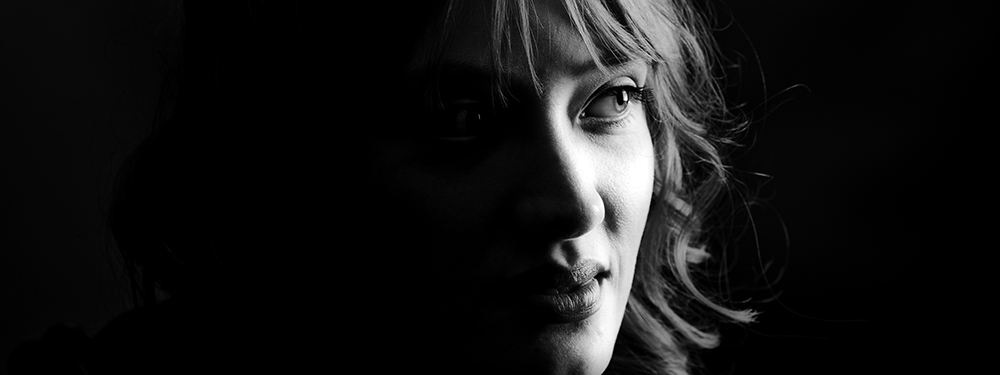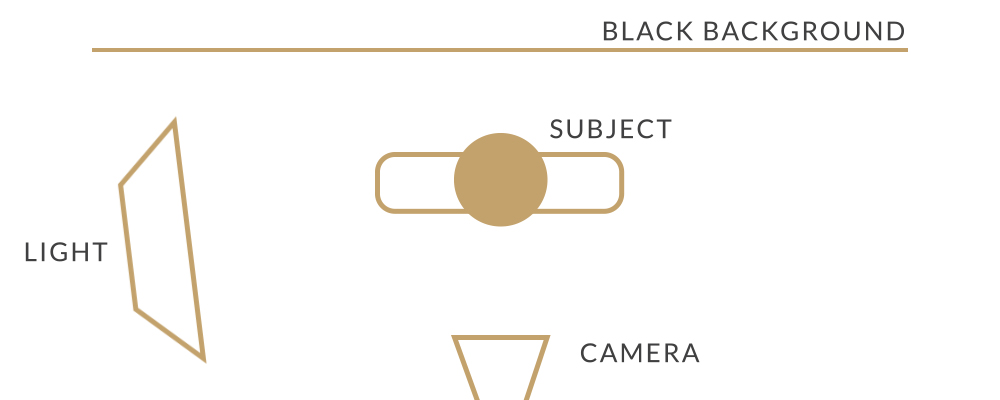
How Low-Key Lighting Can Instantly Make Your Film Dramatic
Make your scene moody and atmospheric with low-key lighting.
All images from Shutterstock
Want to quickly add dramatic tones to your scene? Try turning off a light. In the following post we’ll look at low-key lighting and its cinematic potential.
What is Low-Key Lighting?
Low-key lighting is a lighting effect that uses a hard light source to enhance shadows in your scene. Unlike high-key lighting (in which shadows are minimized), low-key lighting is all about shadows and contrast. LightStalking puts it this way:
A low-key image is one that contains predominantly dark tones and colours. Like high-key images, they convey atmosphere and mood. But where a high-key image feels airy and light, a low-key is usually dramatic and full of mystery.
Low-key lighting is typically used when the director wants to either isolate a subject or convey drama. Just because a scene is shot with low-key lighting doesn’t necessarily mean it must be scary, but, if you want your audience to be uneasy, low-key lighting is a great place to start. low-key lighting helps to minimize distractions in your frame, so it really helps to guide your audiences eyes where you want them to be.
Examples of Low-Key Lighting
Low-key lighting is easy to analyze… just look into the subject’s eyes. In the image below, the model was lit with a single softbox light source. A common theme in low-key lighting.  Here’s another example of low-key lighting.
Here’s another example of low-key lighting.  In the image above you will notice that the actors face isn’t necessarily covered in a hard black shadow, but the overall tone of the scene is dark and contrasted. Now compare that to the same image with high-key lighting.
In the image above you will notice that the actors face isn’t necessarily covered in a hard black shadow, but the overall tone of the scene is dark and contrasted. Now compare that to the same image with high-key lighting.  The first image seems moody, emotive, and (best of all) cinematic. The second, on the other hand, looks more sterile. It’s not that one is worse than the other, each have their own advantages and disadvantages… but the low-key example feels more mysterious and interesting.
The first image seems moody, emotive, and (best of all) cinematic. The second, on the other hand, looks more sterile. It’s not that one is worse than the other, each have their own advantages and disadvantages… but the low-key example feels more mysterious and interesting.
How to Shoot Low Key Lighting
A typical low-key lighting setup consists of one large light, plus reflectors and diffusers as needed. Let’s take this picture for example: The above picture uses a single softbox light with little else. So it’s safe to say their lighting setup was something like this:
The above picture uses a single softbox light with little else. So it’s safe to say their lighting setup was something like this:  It can be easy to overcomplicate your film set with too many lights. Low-key lighting is simple and effective. If you’re having lighting trouble on set, try simply turning off a light. A low-key lighting setup might be the way to go.
It can be easy to overcomplicate your film set with too many lights. Low-key lighting is simple and effective. If you’re having lighting trouble on set, try simply turning off a light. A low-key lighting setup might be the way to go.
Low-Key Camera Considerations
Low-key is all about shadows, so, just like with any dark shoot, you’ll need to take all of the normal low-light precautions.
1. Invest in Good Lights
 It can be easy to spend your entire equipment budget on camera gear. Don’t make this mistake. A small investment in lights will go a long way. For most low-key lighting situations you’ll want to use a large soft source like a softbox.
It can be easy to spend your entire equipment budget on camera gear. Don’t make this mistake. A small investment in lights will go a long way. For most low-key lighting situations you’ll want to use a large soft source like a softbox.
2. Use a Fast Lens
 Low-key lighting tends to be shot in darker locations, so you’ll want to make sure you have a fast lens nearby. Because of the whole camera noise problem, this tends to be a better decision than simply getting a camera that’s good in low-light.
Low-key lighting tends to be shot in darker locations, so you’ll want to make sure you have a fast lens nearby. Because of the whole camera noise problem, this tends to be a better decision than simply getting a camera that’s good in low-light.
3. Monitor Your Levels
 When shooting low-key lighting, you’ll end up with some really funny looking histograms. This is normal, but be mindful of your pixel information. Even if your blacks are black, you want to make sure your subject isn’t underexposed or overexposed. You can always edit the color in post, but you can’t adjust pixel information if your subject has absolute black or white points.
When shooting low-key lighting, you’ll end up with some really funny looking histograms. This is normal, but be mindful of your pixel information. Even if your blacks are black, you want to make sure your subject isn’t underexposed or overexposed. You can always edit the color in post, but you can’t adjust pixel information if your subject has absolute black or white points.
4. Use Negative Fills
 A negative fill is essentially a dark cloth or board used to absorb light. This is important for low-key lighting as you want to control any incidental light that hits your subject. For more information on this subject, check out our ‘Add Drama to Your Lighting Setup with Negative Fill‘ post.
A negative fill is essentially a dark cloth or board used to absorb light. This is important for low-key lighting as you want to control any incidental light that hits your subject. For more information on this subject, check out our ‘Add Drama to Your Lighting Setup with Negative Fill‘ post.
5. Shoot in RAW
Shooting a low-key scene is only the beginning. After your footage is captured, you’ll want to manipulate color levels while editing. For this reason, it’s best advised to shoot in RAW instead of a compressed format.
Low-Key Lighting Tutorials
The good people at Film Riot have created a few tutorials showcasing low-key lighting in-action. Notice how simple each lighting setup is.
And again, Film Riot brings us an entire tutorial featuring a single light source. All of the lighting setups in this tutorial would be considered low-key.
Conclusion
Low-key lighting isn’t something that has set-in-stone rules. Instead, low-key is really more of a theoretical concept used to convey a lighting style between film crew members. For more on this subject, check out a few of the following links:
- Add Drama to Your Lighting Setup with Negative Fill
- Lighting – High Key and Low Key – DIY Photography
- Low-Key Lighting – Wikipedia
Have any tips for shooting low-key lighting? Share in the comments below!





